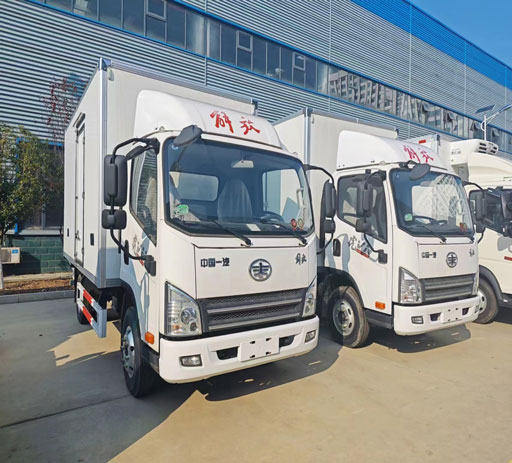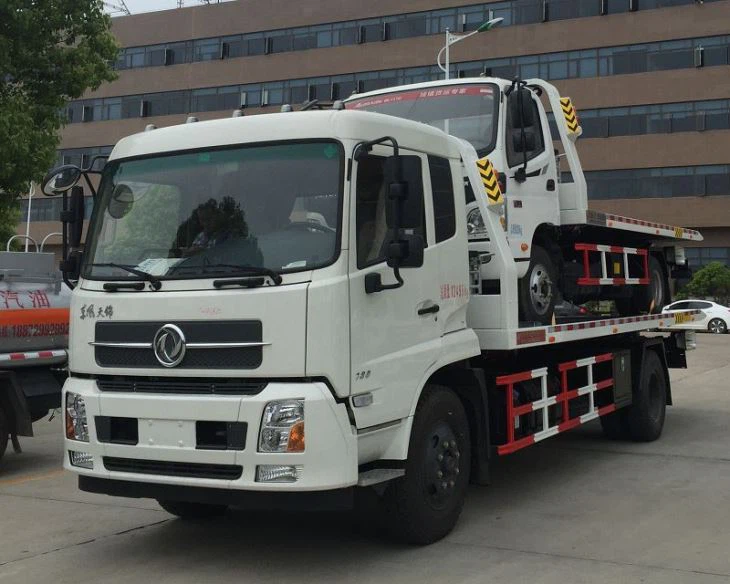Maximize Your Waste Management Efficiency with a Garbage Can Compressor

Introduction
In an era where waste management and environmental sustainability are more important than ever, maximizing space in your garbage can is a practical step toward reducing waste. One innovative solution is the garbage can compressor. This device not only helps you fit more waste into your containers but also minimizes the frequency of trips to the dumpster, leading to efficiency and tidiness in your home or workplace. This article is your comprehensive guide to understanding garbage can compressors—what they are, how they work, their benefits, practical usage tips, and more.
What is a Garbage Can Compressor?
A garbage can compressor is a device designed to compress waste material inside garbage cans, allowing you to utilize the maximum amount of space available. With its mechanical or manual compression forces, it can significantly reduce the volume of garbage, enabling better organization and fewer emitters of bad odors.
How Does a Garbage Can Compressor Work?
Garbage can compressors generally operate using either manual force or powered systems. In both cases, the goal is the same: to reduce waste volume. Manual models typically require you to push down the waste, while powered models use an electric motor to compress waste effectively.
Types of Garbage Can Compressors
- Manual Compressors: These devices require human effort to compress waste. They are usually simpler and cheaper but may require more physical strength.
- Electric Compressors: Powered by electricity, these devices offer automatic waste compaction, saving you time and effort. They are generally more expensive but can handle larger volumes of waste efficiently.
- Hybrid Models: Some models combine manual and electric functions, offering flexibility according to user needs.
Benefits of Using a Garbage Can Compressor
The use of a garbage can compressor offers a variety of benefits that enhance your waste management practices.
1. Increased Waste Capacity
A garbage can compressor allows you to maximize the space in your garbage cans, meaning you can dispose of more waste before needing to empty the cans.
2. Reduced Odor
By compressing waste and keeping it tightly packed, you can help reduce the chance of odors escaping as decomposition occurs. This can lead to a more pleasant environment in your home or business.
3. Environmental Impact
Efficient waste management promotes recycling and reduces landfill waste. With a garbage can compressor, you are contributing to these environmental initiatives.
4. Cost Savings
Fewer trips to the dumpster mean lower waste disposal costs. Over time, the investment in a garbage can compressor can result in significant savings.
5. Improved Organization
Compressed waste is easier to manage and store in an organized manner, leading to a tidier space.
Choosing the Right Garbage Can Compressor
Selecting the right garbage can compressor depends on various factors, including the volume of waste you generate, available space, and budget.
Factors to Consider
- Size: Ensure that the compressor fits well with your existing garbage cans.
- Power Source: Decide if you prefer a manual, electric, or hybrid model based on your usage pattern.
- Durability: Look for high-quality materials that can withstand repeated compression.
- Price: Set a budget and compare models within your price range while considering their features.
How to Use a Garbage Can Compressor
Using a garbage can compressor can significantly enhance your waste management process. Here’s a step-by-step guide on how to effectively use one.
Step 1: Choose Your Garbage Can Wisely
Select a sturdy garbage can that complements your compressor’s design. Ensure it has a secure lid to keep smells contained.
Step 2: Load Your Garbage
Begin loading your garbage can, being careful not to overload it. Consider separating recyclables from general waste to promote recycling.
Step 3: Start Compressing
For manual compressors, press down firmly on the waste; for electric models, engage the machine according to the manufacturer’s instructions. Make sure to avoid placing your hands near moving parts for safety.
Step 4: Monitor and Empty Regularly
Although you can compress waste, it’s still essential to monitor the can’s fullness. Empty the can regularly to maintain cleanliness and hygiene.
Maintenance Tips for Garbage Can Compressors
1. Clean Regularly
Particles and residue can build up on your compressor. Clean it regularly with soap and water to prevent odors and maintain hygiene.
2. Check for Wear and Tear
Inspect the device for any signs of wear or damage, especially the compressing mechanisms. Replace parts as necessary to ensure smooth operation.
3. Keep Moving Parts Lubricated
If your model has moving components, apply appropriate lubricant to keep them functioning smoothly and prevent rust or jamming.
Practical Examples of Garbage Can Compression

Understanding how garbage can compressors fit into everyday life can enhance their value. Here are some practical examples:
1. In Residential Areas
Families often generate a significant amount of waste, especially during events or holidays. A garbage can compressor can help families manage waste more efficiently, allowing for more extended periods between garbage collection.
2. In Restaurants and Cafés
Food establishments typically produce high volumes of waste daily. A garbage can compressor enables them to keep their waste areas organized, reduces odors, and aligns with eco-friendly practices.
3. Industrial Use
In manufacturing units, where by-products and waste are prominent, a compressor can streamline waste management, promoting recycling efforts while saving space in waste facilities.
Cost-Benefit Analysis of Garbage Can Compressors
Assessing the costs associated with garbage can compressors versus the benefits they offer is essential for making an informed purchasing decision. Here’s a simple breakdown:

| Cost Factors | Expected Savings |
|---|---|
| Initial Price Range ($50 – $300) | Reduces trips to dump; potential savings up to $100/year |
| Maintenance (Annual Estimate: $20) | Reduces odors and pests; better hygiene |
| Utility Costs (Electric Models) | Minimal increase versus gas savings from fewer trips |
Important Features to Look For
When shopping for a garbage can compressor, consider these important features to ensure you get the best value:
1. Compression Ratio
A higher compression ratio indicates better efficiency in reducing waste volume.
2. Safety Features
Ensure that the compressor has safety features such as auto shut-off mechanisms, especially for electric models.
3. Warranty and Support
Choose a compressor with a solid warranty and customer support options to ensure you have assistance when needed.
FAQ Section
1. How much space can a garbage can compressor save?
The space savings can vary, but many models can reduce the volume of waste by up to 50% or more, depending on the type of materials compressed.
2. Is it safe to use a garbage can compressor?
Yes, as long as you follow the manufacturer’s instructions. Electric models come with safety features, and manual models require awareness of hand placement during compression.
3. Can you compress recycling materials?
Yes, many people use garbage can compressors for recycling materials too. However, check if the compressor is suitable for the specific types of recyclable materials.
4. Are garbage can compressors suitable for outdoor use?
Some models are designed for outdoor use, but it’s crucial to check the product specifications to ensure they can withstand the elements.

5. How often should I clean my garbage can compressor?
Regular cleaning every few weeks is recommended, or more often if you notice odors or residue build-up.
6. Can I repair my garbage can compressor if it breaks?
Many issues can be resolved with simple repairs or part replacements. However, for complex issues, it’s best to consult the manufacturer’s customer service or a professional repair service.
